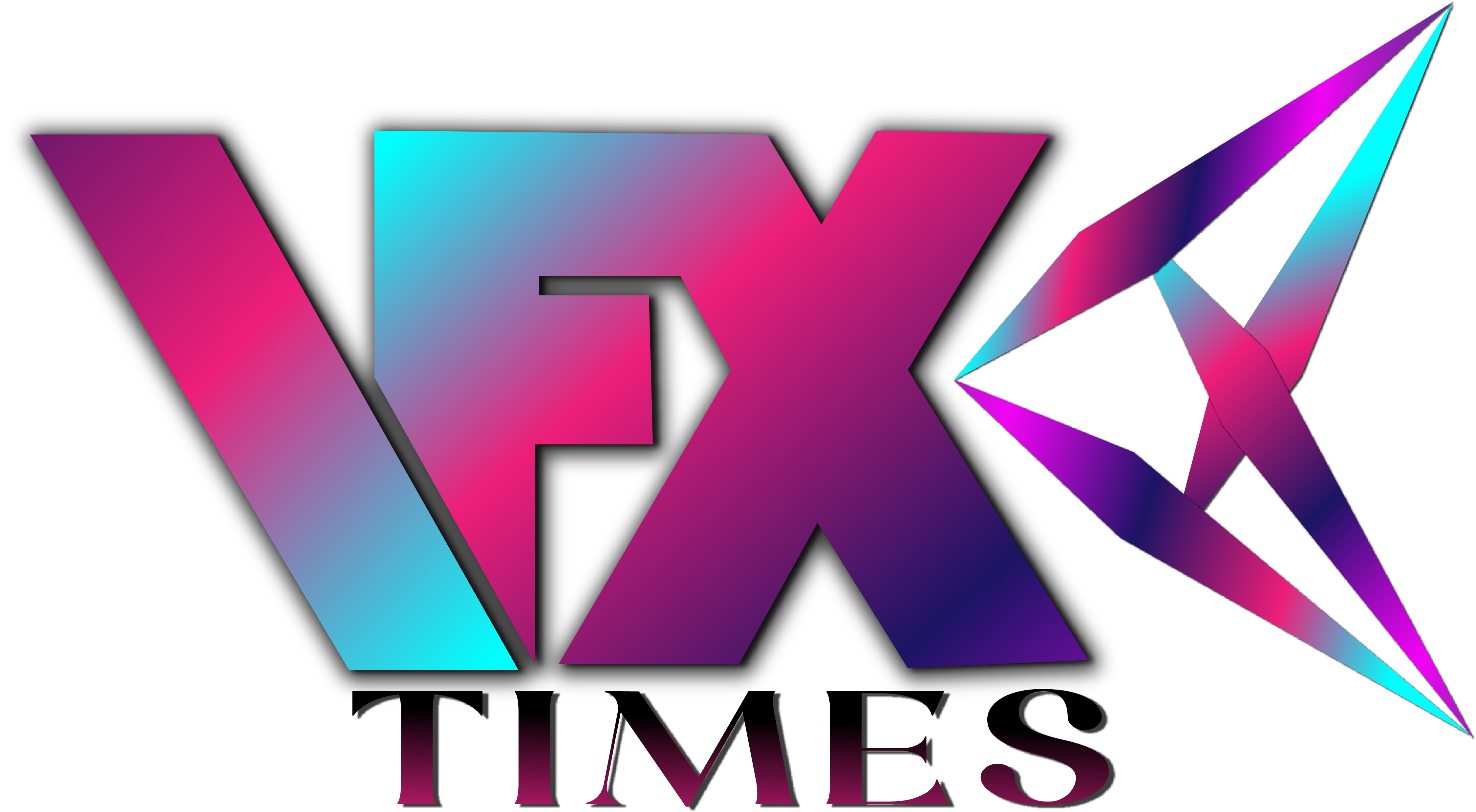In recent years, the animation, visual effects, gaming, and comics (AVGC) industry in India has emerged as a vibrant component of the broader media and entertainment (M&E) landscape, showing robust growth across multiple dimensions. The AVGC Taskforce report, prepared by industry stalwarts and released by the Government of India in 2023, projects an annual growth of 14-16 per cent over the next decade. This projection reflects confidence in the sector’s historical trends and strategic government initiatives aimed at fostering a conducive environment for sustainable development.
Several key technological and market drivers underpin this optimism. The widespread adoption of 5G, the surge in smartphone usage, and the rise of over-the-top (OTT) media services enhance connectivity, enable immersive experiences, and expand content accessibility. New content creation technologies are opening innovative avenues for storytelling and user engagement. Additionally, generative AI can bring new dimensions to storytelling by automating certain processes and generating unique content. Reinforcing this, the FICCI Frames Report, 2024 projects a compelling compound annual growth rate (CAGR) of 17.5 per cent for the animation and visual effects segment.
To support this growth trajectory, the industry will require an additional 20 lakh trained professionals (as per the AVGC Task Force Report), which is nearly 10x the current strength, emphasising the critical need for skilled manpower. As roles and work patterns evolve dynamically, so will the need for relevant skills.
Despite these strong long-term tailwinds, the industry faced significant challenges last year, including those arising from the strike in a dispute with the producers’ association. This event caused a ripple effect in the global entertainment ecosystem, impacting India as well. The most affected were the big multinational and large companies relying on outsourced services, which influenced the general sentiment in the industry. However, with the strike now over, the worst is hopefully behind us. Additionally, high-profile mergers (Warner-Discovery, Zee-Sony) delayed project commissioning.
Every crisis carries within it seeds of opportunities. These hiccups triggered or accelerated other developments. Creators started exploring new technologies (e.g., Unreal, AI), new distribution avenues (e.g., YouTube, OTT), new segments and geographies (e.g., kids, non-metro), and new techniques (e.g., virtual production, AI-enabled localisation). The government also stepped in to play a catalysing and supportive role. While one segment of the industry faced challenges, other segments began to prosper.
Emerging opportunities and trends
Several key technological and market drivers are propelling the industry forward, creating emerging opportunities that are not mutually exclusive but rather interlinked, with one trend often fueling another in virtuous ways:
Technology-led innovations: Advances in Generative AI, AR, VR, XR, and virtual production are transforming how content is created and consumed. These innovations enable richer, more immersive experiences that captivate audiences worldwide.
Rapid rise in gaming with immersive technologies: The gaming industry is experiencing significant growth driven by immersive technologies such as VR and AR. Domestic IP creation is contributing to a vibrant and locally relevant gaming ecosystem. Personalisation using AI enhances player engagement, while the rising popularity of esports transforms gaming into a mainstream spectator sport, opening new avenues for engagement and revenue.
Broad applications beyond filmmaking: The skills and technologies developed in the AVGC industry are now being applied in diverse fields such as education, healthcare, architecture, and retail. This diversifies the industry’s impact and utility, and consequently builds in a higher degree of resilience.
Content consumption shifts: The ubiquity of smartphones and personalised content preferences are driving the demand for mobile-optimised and customised AVGC content. This shift necessitates continuous innovation and adaptation in content creation and delivery methods.
Advancements in software tools: Platforms like Unreal and Unity are enhancing their functionalities to support advanced content creation. Generative AI tools are simplifying the creation of detailed visuals from textual descriptions, making sophisticated content creation more accessible.
Tech-enabled fungibility of content: Content created for one medium, one audience, and in one language can now be easily adapted to other media, audiences, and languages with only a marginal increase in costs. This adaptability expands the reach and impact of content, creating more opportunities for revenue and engagement.
Technology democratising access: Technology is democratising access to markets and skills, unleashing the vast potential of aspirations and talent in tier two and tier three cities. This broader access empowers a more diverse range of creators and consumers, fostering innovation and growth across the industry.
Changes in working methodologies: With rising opportunities for gig work and moonlighting, coupled with increasingly flexible workplaces, the traditional constraints of fixed working hours and geographical location are rapidly diminishing. This flexibility allows professionals to balance multiple projects and explore diverse roles, emphasising the need for continuous skill development.
The imperative of right-skilling, upskilling, cross-skilling, and reskilling
Given the evolving landscape of the AVGC industry, it is evident that immense opportunities for growth exist for professionals. Adopting a flexible approach to skilling and continuous learning is crucial, as the demand for a workforce that is both skilled and adaptable to technological advancements has never been more critical. The skills that were relevant yesterday may not suffice tomorrow. To remain competitive and innovative, professionals must embrace lifelong learning as a fundamental aspect of their careers.
Right-skilling — acquiring the precise skills needed for specific roles — is essential to ensure that professionals are equipped with the most relevant competencies required by the industry. This involves not only technical abilities but also understanding the latest industry trends and tools. In this dynamic field, age and formal degrees are not as critical as skills and passion. What truly matters is the ability to continuously learn and apply new skills effectively.
Upskilling — acquiring new and advanced skills — is crucial for current professionals who wish to advance within this dynamic field. This includes mastering new software tools that are continuously updated with more complex functionalities and staying abreast of emerging technologies that can enhance creative outputs and operational efficiency.
Cross-skilling — acquiring skills that are adjacent or complementary to currently possessed skills — is valuable for expanding one’s versatility and capabilities. For example, a graphic designer might learn web development skills to offer more comprehensive services, or a game developer might acquire skills in animation to enhance their projects. A cinematographer might learn production design using virtual production techniques. An enterprising cross-learner who understands one part of the production workflow can potentially cross-skill into other areas as well, going as far as producing an entire short film or piece of content. This broadens professionals’ roles and makes them more adaptable to changing industry needs.
Reskilling — learning new skills to adapt to a different job function — is equally important. For example, a traditional animator might reskill to work in immersive VR environments, expanding their career opportunities into new realms of the industry. Similarly, professionals need to adapt to changes in working methodologies, such as remote collaboration and freelance project work, which require not only technical skills but also soft skills like communication, time management, and self-motivation.
Training programs must also adapt to these shifts, providing current and future professionals with the skills necessary for success. This involves not only technical training but also fostering an environment of continuous learning and innovation.
As the field grows, the gap between the skills needed by the industry and those possessed by the workforce must be bridged through comprehensive training initiatives. Investing in right-skilling, upskilling, cross-skilling, and reskilling will empower professionals to not only stay relevant but also to excel and drive growth, ensuring they are well-equipped to capitalise on emerging opportunities.
Conclusion
In conclusion, what might seem like uncertainty reflects the evolving market dynamics and the emergence of new opportunities. These shifts, fueled by technological advancements and changing consumer preferences, present significant potential for those ready to embrace them. By focusing on awareness, understanding, and continuous learning, professionals can turn these market changes into pathways for growth and innovation. As the British philosopher Alan Watts said, “The only way to make sense out of change is to plunge into it, move with it, and join the dance.”
(This article has been contributed by Aptech Ltd. chief executive officer (I) Dr. Anuj Kacker and AnimationXpress does not necessarily subscribe to these views. Aptech’s business lines Arena Animation, Maya Academy of Advanced Creativity (MAAC), and The Virtual Production Academy (TheVPA).


